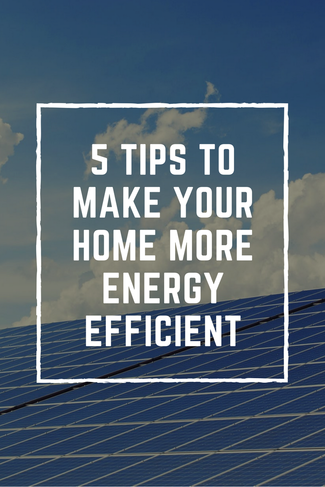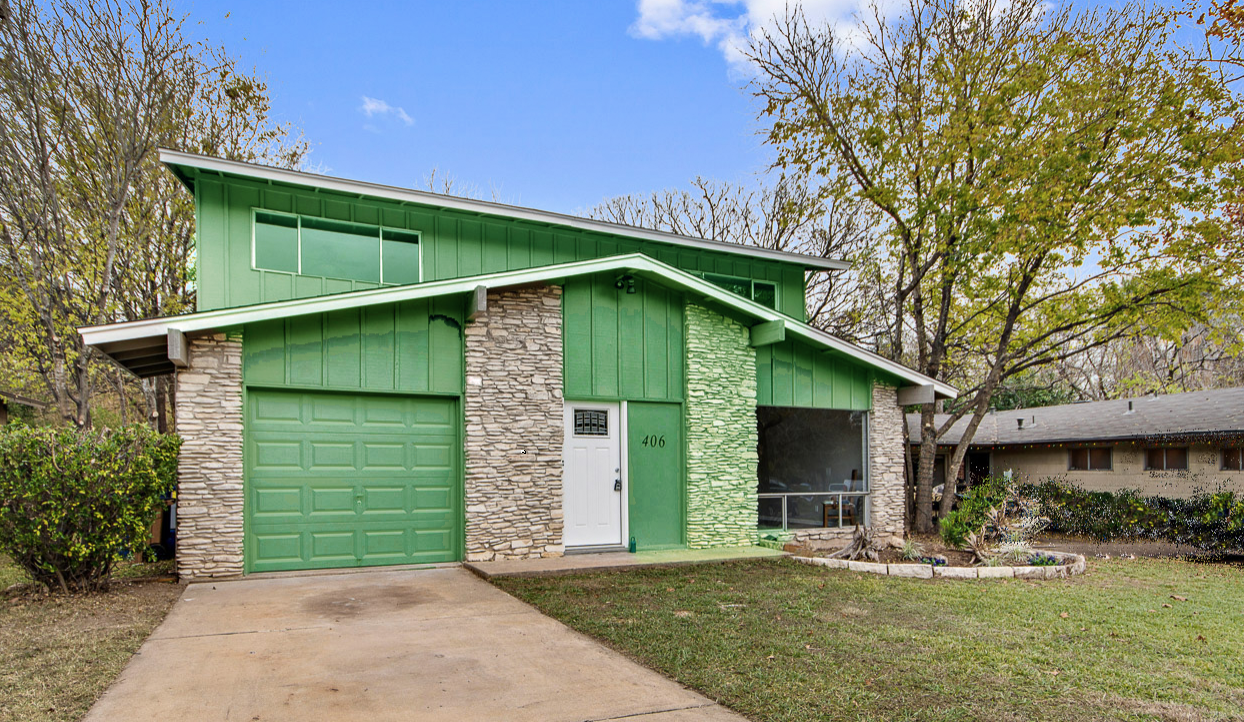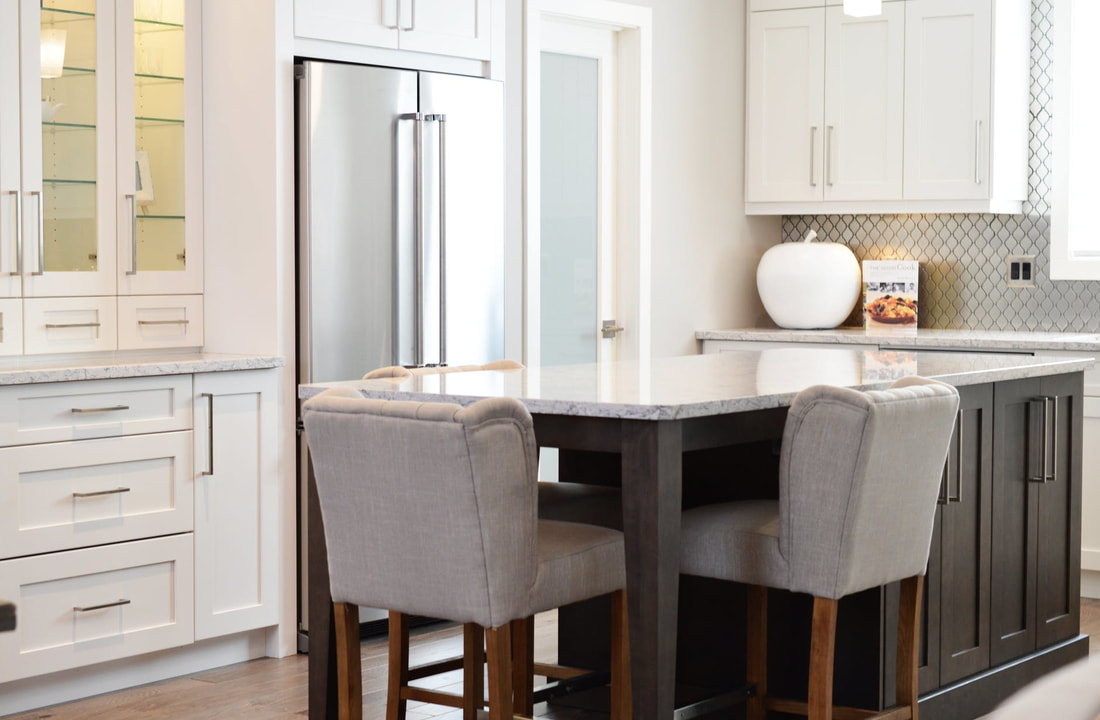 Small changes to update your home’s energy efficiency can provide lower utility bills and increase your home’s resale value down the line. If you’re considering making your home more green, and are not sure where to start, a great first step is to look at an energy audit for your home. If you live in the City of Austin, and your home was built more than 10 years ago, an energy audit was required with the sale of your home. You can request a copy from your REALTOR or email [email protected] to see if they have a copy on file. If there is no energy audit for your home, you can obtain one from an Energy Audit company for approximately $150. This report outlines areas in need of improvement in regards to energy efficiency within your home. Some common areas where you can increase the efficiency of your home are windows and doors, insulation, and appliances. Windows and Doors: You can seal air leaks around windows, doors, fireplaces, ceilings, and walls with caulk, spray foam, and weather stripping. Reducing the air leakage in these areas will lead to serious cost savings in regards to utility bills and also add to your personal comfort in your home. According to the Office of Energy Efficiency and Renewable Energy, “the potential energy savings from reducing drafts in a home may range from 5% to 30% per year.” Insulation: Many older homes are poorly insulated leading to substantial losses in warm or cool air depending on the season. Your first step to tackle properly insulating your home should be to look for any gaps, cracks, or penetrations in the attic floor. After filling these holes, assess the level of insulation currently in your attic. You can use this reference guide from Energy Star to determine how much insulation you should add to keep your home comfortable and cost-effective. Windows: Single pane aluminum windows are not very energy efficient. Unfortunately, replacing windows can be costly, around $600/window on average. It’s unlikely that the energy savings from new windows will outweigh the costs of installation. However, they do increase your home’s resale value. HVAC: One of the largest culprits for poor energy efficiency in the home is an old HVAC system. Cooling systems that are more than 10 years old are inefficient by today’s standards. Replacing your HVAC system can lead to 20% in energy savings with a mid-range model. Choose an energy efficiency model for even more savings. Not sure you want to replace the whole HVAC? Considering installing a smart thermostat such as a Nest which automatically controls your thermostat to run in the most energy-efficient way without compromising your comfort when you are home. Appliances: Some appliances offer more bang for your buck when you are deciding which appliances to replace with energy-efficient models. Refrigerators have made major leaps in regards to efficiency in the past few years, compared to dryers which really haven’t become that much more efficient. Washers on the other hand use almost half as much energy these days, and a third as much water as traditional top load washers. If your washer is over 10 years old, or if it’s a top load model, you may want to consider swapping it out for a newer green model. Similarly, new energy efficient dish washers use almost half as much water as older models. As one of the least expensive appliances in the home, a dishwasher makes economic sense to replace. Does reading this post make you want to pinch yourself for not thinking about all the sources of money going down the drain in your home? Have no fear, a number of these upgrades are easy to tackle in a weekend, and will lead to serious savings on your utility bills.
0 Comments
Leave a Reply. |
BLOGSharing Austin real estate updates, home owner tips, & more. Archives
February 2024
Categories
All
|


